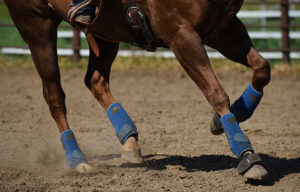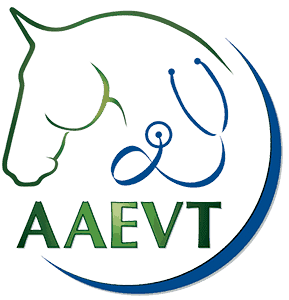Biomarker Could Help Determine if Your Horse Needs Colic Surgery

Fortunately, researchers are helping make the decision more straightforward to expedite the process. At the 2018 American Association of Equine Practitioners Convention, held Dec. 1-5 in San Francisco, California, Isabelle Kilcoyne, MVB, Dipl. ACVS, suggested measuring a biomarker—the enzyme creatine kinase (CK)—in peritoneal (abdominal) fluid to help distinguish horses with ischemic (lacking blood flow) intestine due to a strangulating lesion from those without.
Veterinarians frequently collect and analyze peritoneal fluid during work-ups of colicky horses, said Kilcoyne, an assistant professor at the University of California, Davis, School of Veterinary Medicine. In a study in rabbits, researchers determined that peritoneal CK levels increased significantly within an hour after ischemic injury. And, veterinarians know that horses with elevated blood plasma CK levels are less likely to survive surgery than those with plasma CK levels under 470 IU/L, based on a study out of Colorado State University.
Kilcoyne and colleagues sought to find out if CK could be a useful marker of intestinal ischemia and, therefore, an indicator a horse needs surgery
Create a free account with TheHorse.com to view this content.
TheHorse.com is home to thousands of free articles about horse health care. In order to access some of our exclusive free content, you must be signed into TheHorse.com.
Start your free account today!
Already have an account?
and continue reading.

Written by:
Erica Larson
Related Articles
Stay on top of the most recent Horse Health news with











